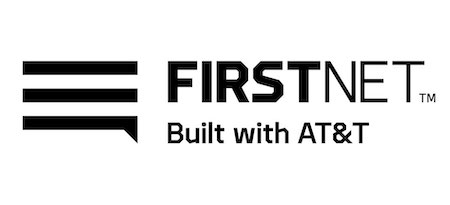FirstNet announced yesterday it is expanding its current fleet of deployable network assets of 100+ land-based and airborne portable cell sites. The new additions include:
- Communications Vehicles (CVs): three CVs across the country to provide connectivity via LTE (high-quality band 14 spectrum) and/or WiFi similar to a Satellite Cell on Light Truck (SatCOLT). The CVs provide an air-conditioned command space for two first responder communications personnel with multiple monitors, a television and charging stations, as well as a large exterior screen and speakers for briefings. And since they are equipped with a generator that can run for multiple days before refueling, CVs also include a lavatory, microwave, mini refrigerator and sleeping bunk for when they are deployed during the harshest of conditions.
- Micro SatCOLTs: Four have been added and stationed out West to support the 2021 wildfire season. Similar to the Compact Rapid Deployables available to agencies to own, Micro SatCOLTs can be deployed by a single technician within a matter of minutes once onsite. Their agility makes them ideal for supporting firefighters on the front lines as they adjust to wildfire’s unpredictable nature.
- U.S. Territory Assets: two new portable assets have been added in the U.S. Virgin Islands to provide immediate support.
- Land-based Assets: ten SatCOLTs are new additions as well, providing first responders the same capabilities and connectivity as a cell tower. They’re housed across more than 50 locations nationwide to enable a 14-hour delivery window following the initial emergency request.
The FirstNet fleet can also go airborne with three FirstNet Flying COWs and the FirstNet One aerostat that can fly up to 1,000 feet and replaces multiple ground-based portable cell sites, making them available to deploy elsewhere. In addition to the FirstNet fleet, public safety can also tap into the 300+ assets from the AT&T Network Disaster Recovery fleet when available.





Reader Interactions